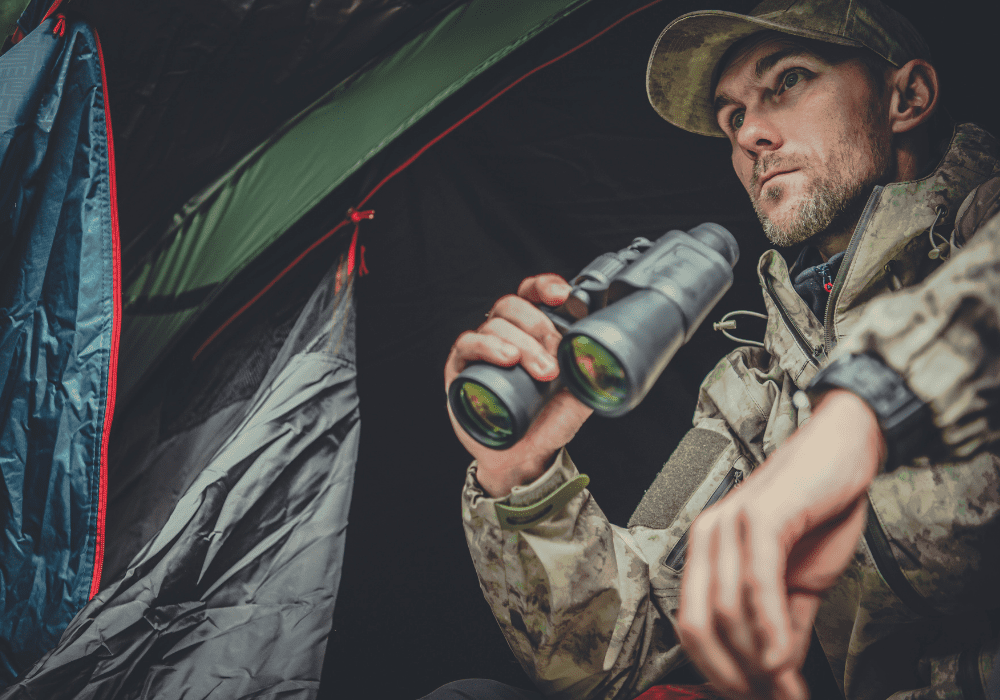
6 Reasons Hunting Is The Best Method Of Wildlife Conservation
Estimated reading time: 7 minutes
Believe it or not, hunting plays a critical role in wildlife conservation.
Humans and our ancestors have hunted since our earliest records.
One site in Germany shows depictions of early humans hunting horses and eating their meat over 2 million years ago.
Needless to say, hunting has always been in our blood as hunter-gatherers.
These days hunting is a divisive topic.
One side sees it as a need and puts food on the table.
The other side sees it as a cruel sport, harmful to animals, and leads to their extinction.
What if I told you that hunting is actually the best method of wildlife conservation?
Before I forget, these are the 10 Best Places for Hunting in North America.
Table of Contents
Hunting and Conservation
I know hunting is a touchy topic in today’s increasingly soft society – especially with local-grown produce readily available in many states.
That said, read the six reasons below if you want a deeper understanding of hunting and how it helps wildlife conservation.
1. Created The Pittman-Robertson Act

In the 1900s, Americans observed the populations of several species dwindle due to poor or non existent management.
To solve this predicament, the Pittman-Robertson Act was enacted largely due to the influence of hunters.
The P-R Act established an excise tax on sporting arms and ammunition.
The revenue from this tax was then usable only for wildlife conservation and hunting management.
This act is widely recognized to be one of the most important pieces of conservation legislation, ensuring that conservation funding in America is shouldered primarily by sportsmen.
2. Allocated Millions of Acres to Wildlife Conservation
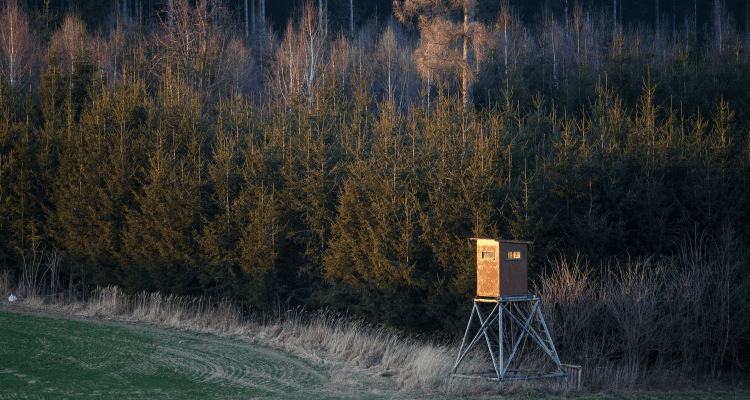
Hunters are widely responsible for the creation of the National Wildlife Refuge System.
You may think that it’s taxpayers’ dollars that mostly funded these refuges but you’d be wrong.
Hunters are responsible for funding 69% of the system’s 93 million acres.
Hunters also fund over 86.3 million acres of state wildlife management areas through license fees and Pittman-Robertson Act firearm and ammunition revenue.
Add 35 million acres more for the Sportsmen-sponsored Conservation Reserve Program (CRP), and 912,000 acres of private lands for the Wetland Reserve Program (WRP).
That’s already over 200 million acres even without including the millions of acres enhanced by revenue from hunters.
These include the lands under Ducks Unlimited, National Wild Turkey Federation, Rocky Mountain Elk Foundation, and much more.
3. Generates Jobs that Help in Conservation

A less visible effect of the funding and revenue from sportsmen is the thousands of jobs they generate.
Over 53.6 million people visited national wildlife refuges in 2017 which generated over $3.2 billion for local communities and supported more than 41,000 jobs.
By generating so many funds and supporting thousands of jobs, you can be sure that the local communities take conservation very seriously.
4. Persuades Locals to Conserve Rather than Kill

One of the two major threats to any animal species is the locals who have to deal with them every day.
While encountering an elephant or lion once in your life can be a memorable experience, having to live and deal with them every day for the rest of your life can result in hostility.
Familiarity breeds contempt if you will.
This is particularly prevalent in Africa where the lands left for dangerous animals like elephants, lions, and rhino can no longer support their number.
Add to that the habitat lost as humans expand more and more into the wilderness and there’s bound to be a collision between man and beast.
Unfortunately, humans usually win which results in more animals getting killed.
The locals can’t be blamed as, to them, these animals are a threat to their crops and cattle. To them, these animals are little more than dangerous pests.
The locals won’t have any qualms killing these animals.
By establishing a hunting system, like the CAMPFIRE system from Zimbabwe, the locals are given an incentive to not kill the local wildlife.
Animals destroying your crops are going to be a lot more tolerable if you’re hired to assist in the hunt and even get a share of the meat.
5. Hunting Re-wilds Farmlands
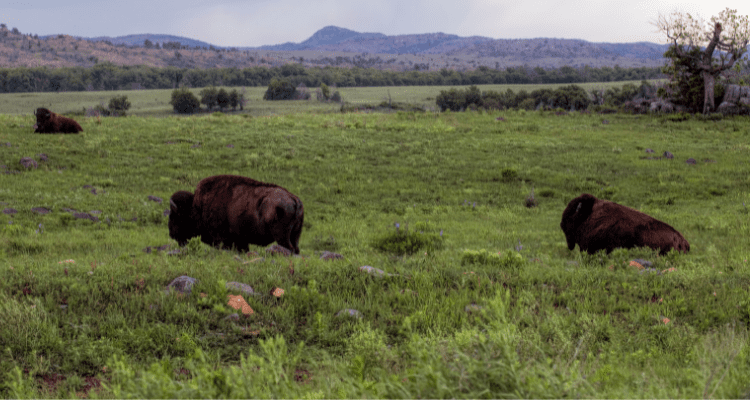
The second major threat to animals is habitat loss Yes, killing an animal is detrimental to that animal but habitat loss threatens its current and future population.
Again, this is particularly evident in Africa where locals destroy more and more acres of wilderness to make way for crops and cattle.
Animals like elephants, buffalo, and rhino tend to destroy property and eat their crops.
Predators like lions and leopards kill and eat their cattle and can even pose a threat to the people themselves.
It’s not surprising that locals would have no problems killing and putting an end to these animals.
With a hunting system in place, like the Bubye Valley Conservancy, the locals find that conserving the local wild plants and animals rake in more than what they’d earn from their crops and cattle.
This results in more farmlands being re-wilded and given back to the local animals rather than cattle.
6. Hunting Helps State Wildlife Biologists Manage Animal Population Sizes
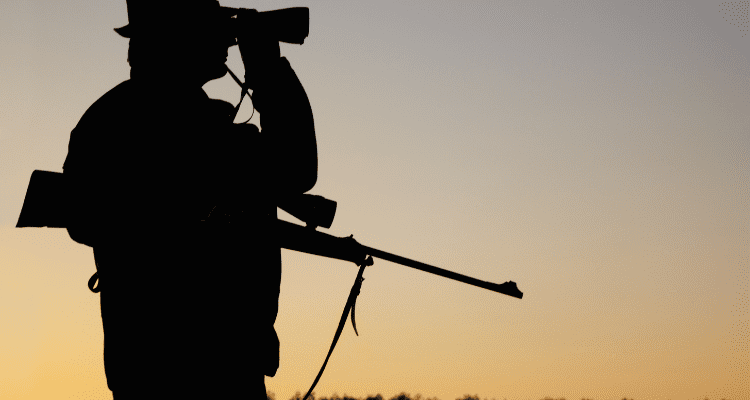
A little-known fact about animal populations is that bigger isn’t always better.
This was evident in the elk population in Yellowstone where the disappearance of the apex predator, the grey wolf, has allowed the elk population to boom.
With so many elk looking for food, it was only a matter of time for the local vegetation to take an unrecoverable hit.
And with only so little food they could find, what resulted were huge herds of elk that were starving to death.
Since herbivores only eat certain types of plants, a shift in the natural flora density also occurred which in turn affected the local wildlife.
Reintroducing the wolf as Yellowstone’s apex predator has helped restore some areas of the park.
By thinning the herd, the wolves were ensuring that the remaining elk had more food that still allowed them to reproduce.
Hunters function much the same way as wolves by thinning the population of animals in season.
Thinning the herd can prevent the spread of diseases like Lyme disease and other pathogens from ticks.
Smaller herds also mean fewer chances of vehicular accidents.
That’ll do it for this one.
More Adventure Related Reading:
10 Best Places for Hunting in North America
8 Tips for How to Care for a Sleeping Bag After Use
10 Tips for How to Protect Yourself from Mosquitoes & Ticks While Hiking
An Adventurers Top 20 Essential Travel Items
Like This Article On Helpful Tips for Hiking in the Desert?
Please consider sharing Gettr & Telegram & Twitter.
To your next adventure!
-David




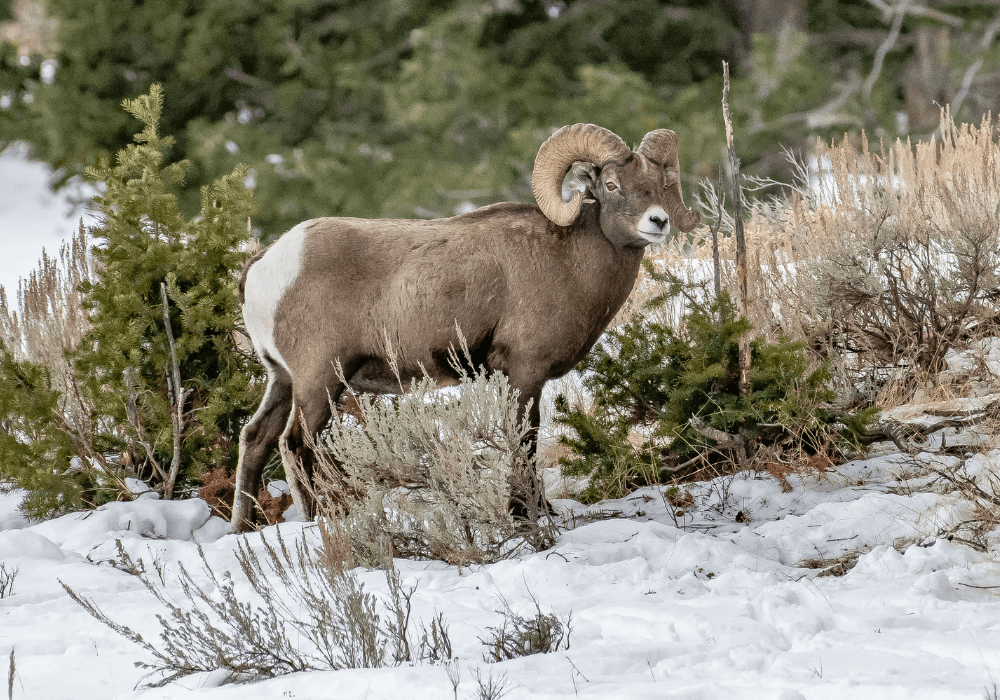
Pingback: Best Places for Hunting in North America | AdventureHacks
Pingback: 10 Best Places To Hunt in Montana - AdventureHacks